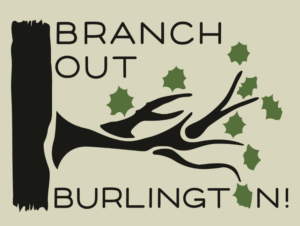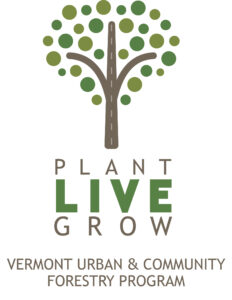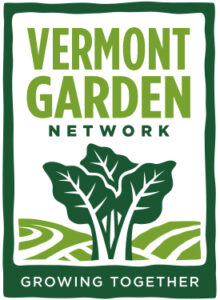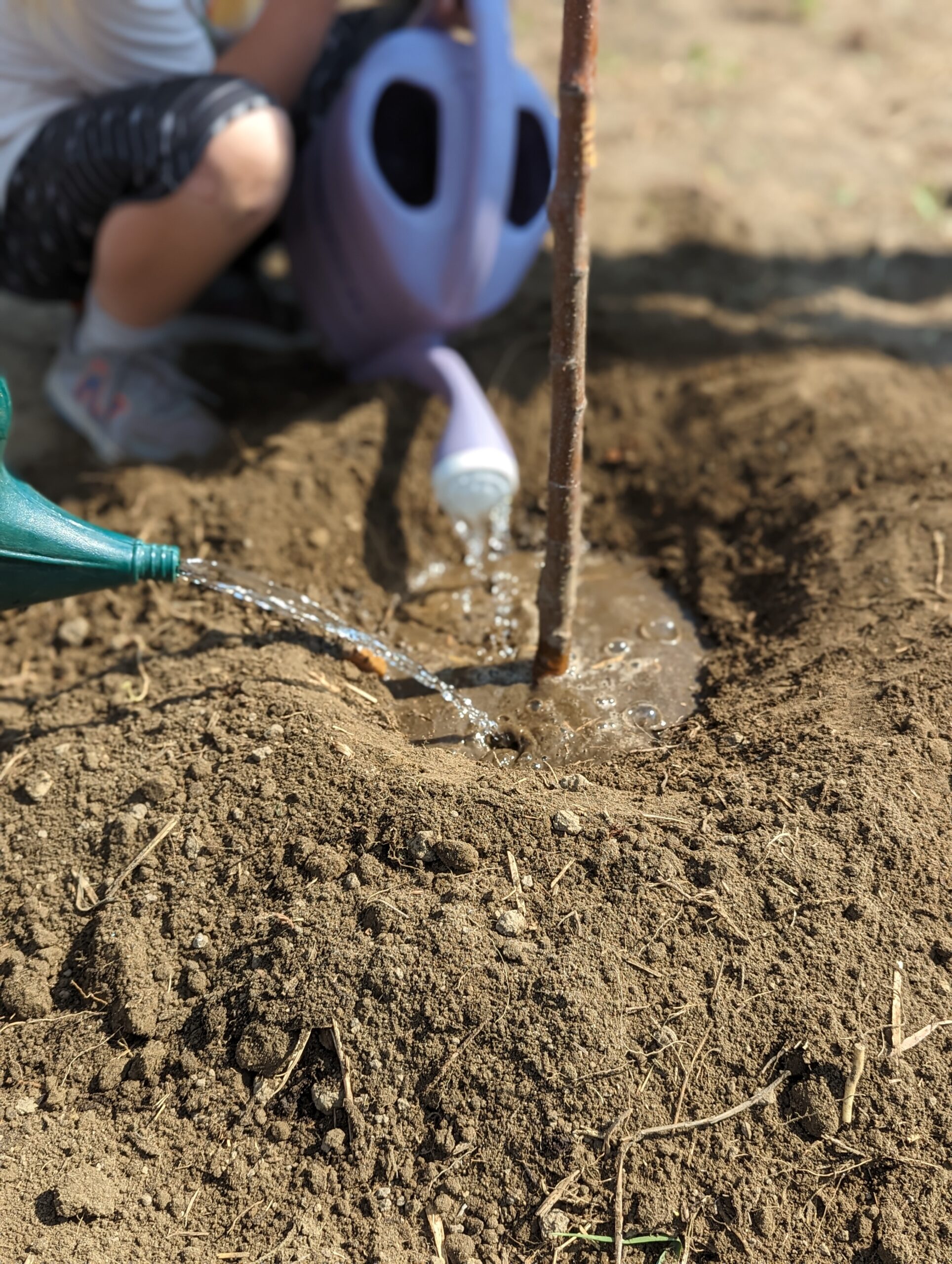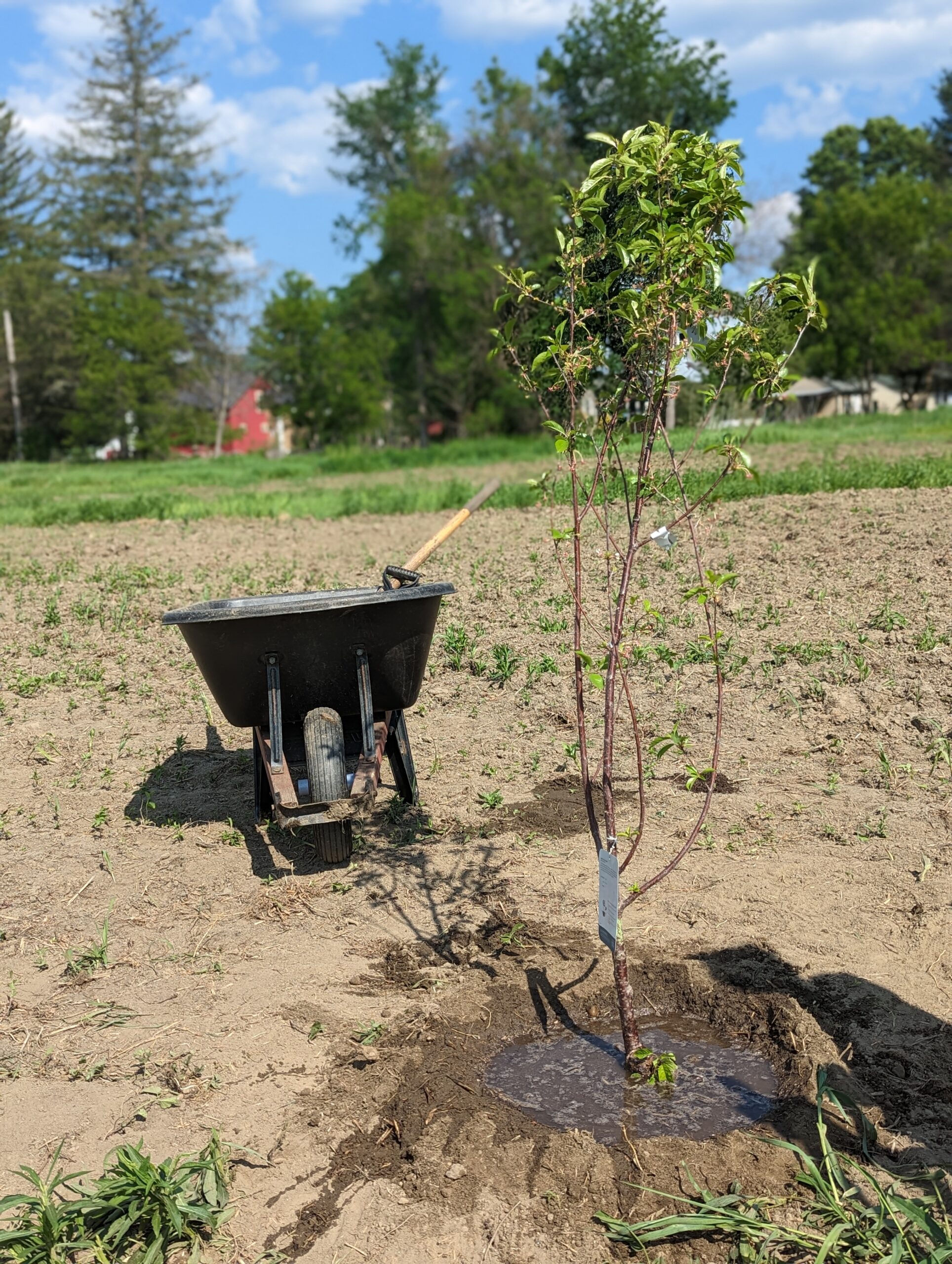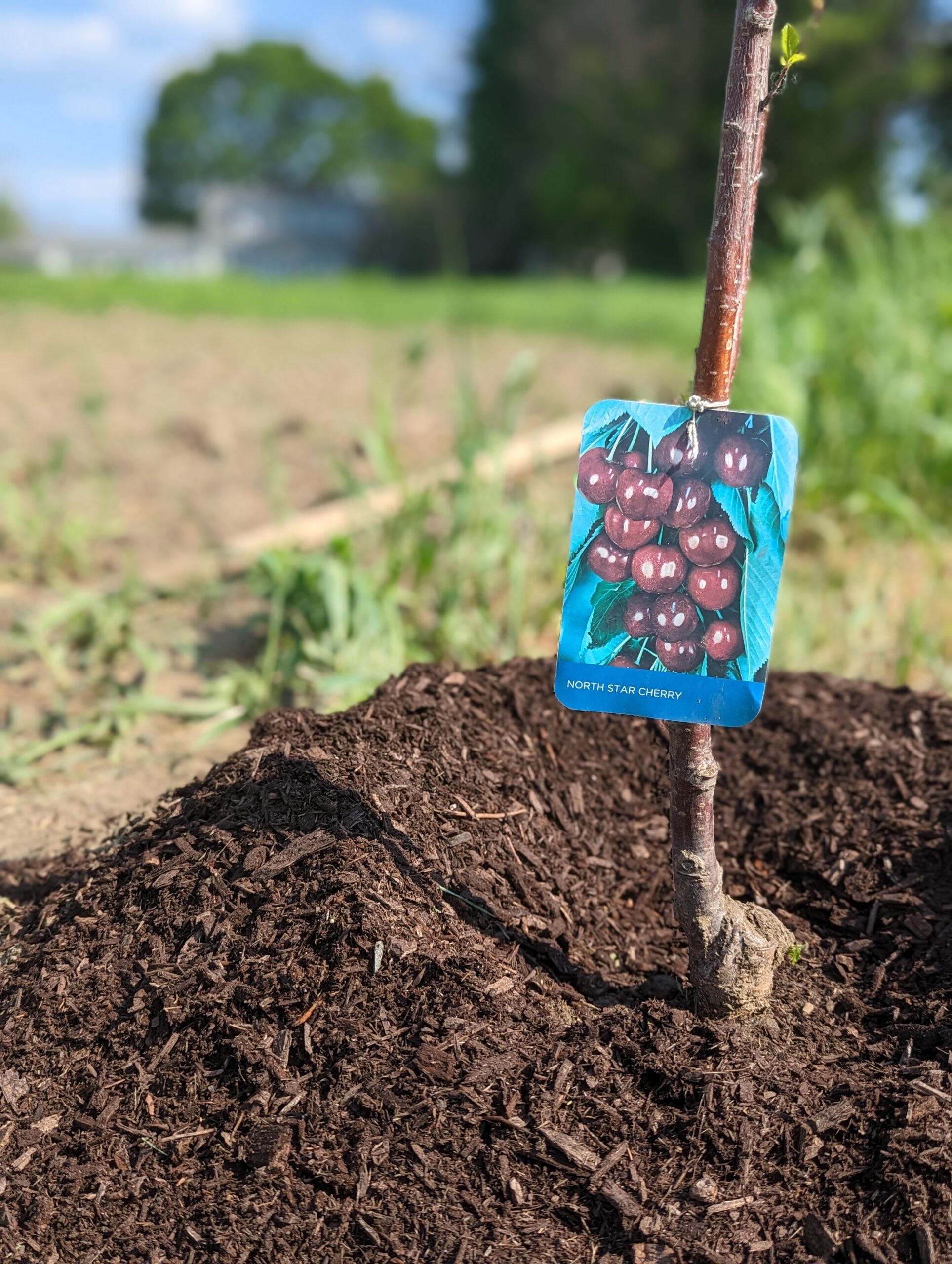The ’24 Vermont Fruit & Nut Tree Grant App is CLOSED.
The Vermont Fruit & Nut Tree Grant focuses on increasing public access to fruit and nut trees across the state. This grant program is a collaboration between the Vermont Garden Network (VGN) and the VT Urban & Community Forestry Program (VT UCF). Additional funding and technical support comes from Branch Out Burlington!
Read through the following guides to get an idea of what the grant entails/other resources that are helpful when considering fruit and nut tree plantings.
Grant Preparation Guide_ Fruit & Nut Tree Grant 2024
Species Selection Guide – Fruit & Nut Tree Grant 2024 (2)
Site Assessment Guide – Fruit & Nut Tree Grant 2024
Goals of the Program
-
To increase public access to fruit and nut trees across Vermont, particularly at sites serving underserved populations
-
To ensure survival and proper care of these trees through technical assistance, educational offerings, and resource sharing.
-
To develop and share success stories and best practices for community fruit and nut tree planting, care and use.
2024 Grant Timeline
|
Jan 5 |
Grant application opens |
|
Jan 22 & 24 |
FAQ meetings |
|
Feb 16 |
Application deadline |
|
March 1 |
Awarded grantees announced and grant agreements sent. *Funds allocated as soon as agreements are signed* |
|
Mar-Sept |
Project period |
|
April 1 |
Webinar w/ Jacob Holzberg-pill on Fruit & Nut Tree Planting and Care |
|
Oct 16 |
Final report due |
